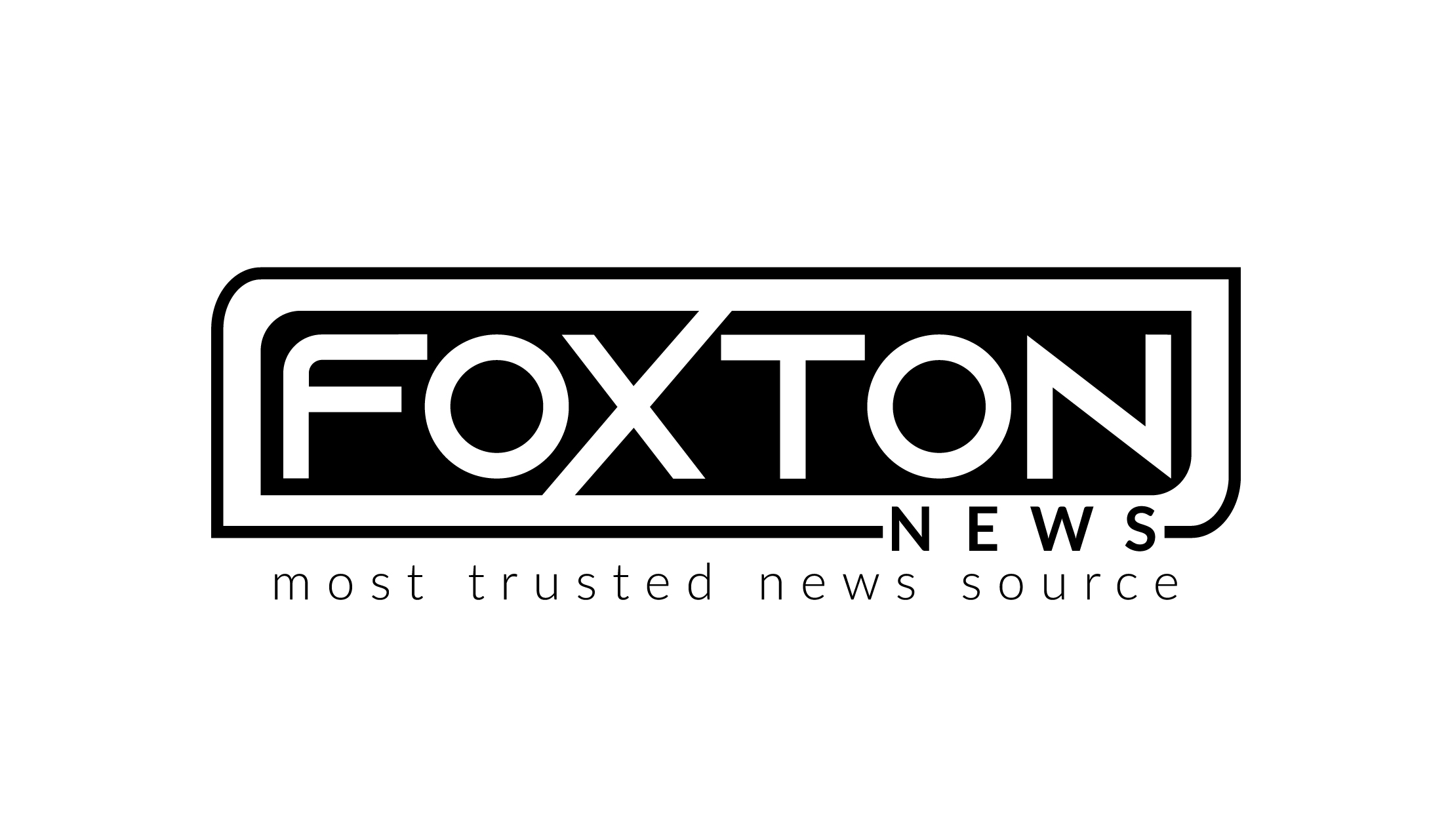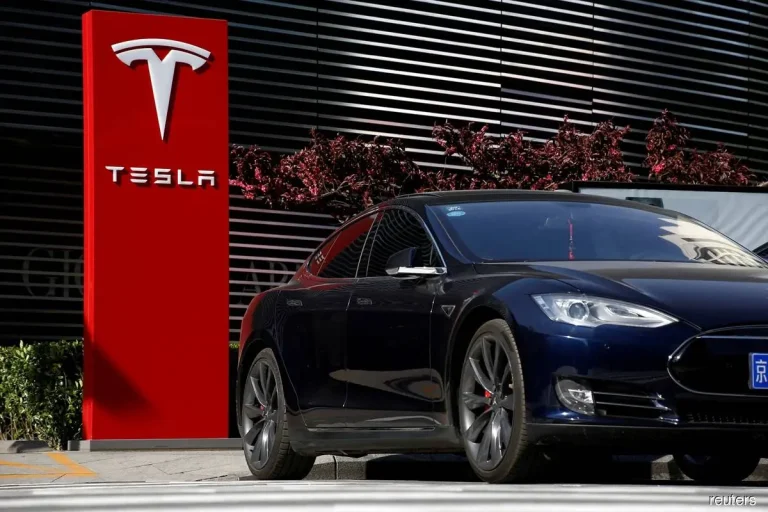On Tuesday, the European Union announced a reduction in the planned tariffs on Tesla vehicles imported from China, lowering the rate from 20.8% to 9%. Additionally, the EU adjusted tariffs for several other electric vehicle (EV) manufacturers. This adjustment marks a significant shift from earlier projections and reflects ongoing negotiations and considerations regarding trade and competition.
In June, the EU had declared its intention to impose higher tariffs on electric vehicles from China. The decision was driven by concerns that these imports benefited unfairly from subsidies, which the EU argued could inflict economic harm on European EV producers. This stance was part of a broader strategy to protect the European automotive market and ensure fair competition.
The European Commission, which is the EU’s executive branch, had previously identified that the battery-electric vehicle supply chain in China was subject to what it termed as “unfair subsidization.” Consequently, the Commission proposed the implementation of provisional countervailing duties to address these concerns and balance the competitive landscape.
On Tuesday, the European Commission unveiled its draft decision to impose definitive countervailing duties on imports of battery-electric vehicles (BEVs) from China. This decision follows a period of consultation where interested parties were invited to provide feedback on the proposed tariffs.
The Commission indicated that it had considered comments from these parties and decided to adjust the initial proposed duty rates slightly. This adjustment reflects a response to the substantiated comments received during the consultation period.
For Tesla, this means that vehicles manufactured in China will now be subject to a reduced import duty of 9%, a notable decrease from the 20.8% rate initially proposed in July. The revised rate is a direct result of Tesla’s detailed request to the EU for a recalibration of tariffs based on specific subsidies it receives in China.
Following the EU’s draft decision, Tesla’s share price increased by over 1% in U.S. morning trading, signaling positive market sentiment in response to the more favorable tariff rates. This increase underscores the importance of tariff rates in influencing investor confidence and market performance.
The EU’s decision to grant Tesla a lower individual duty rate comes after the company made a compelling case for a recalculated tariff. Tesla’s argument was based on the specific nature of the subsidies it receives, which the company believes warranted a review and adjustment of the proposed duties.
Tesla was not immediately available for comment when approached by CNBC regarding the tariff changes. The company’s response to the EU’s draft decision will likely be closely monitored for any further developments or clarifications.
Other EV manufacturers from China, such as BYD, Geely, and SAIC, also saw adjustments to their tariff rates. BYD’s rate was reduced from 17.4% to 17%, Geely’s from 19.9% to 19.3%, and SAIC’s from 37.6% to 36.3%. These reductions are indicative of the EU’s efforts to fine-tune its approach based on specific cases and feedback.
However, companies that did not cooperate with the EU’s investigation will face a higher tariff rate of 21.3%, an increase from the 20.8% rate previously proposed. This reflects the EU’s approach to incentivize cooperation and penalize non-compliance.
For those manufacturers that did not engage with the EU’s investigation process, the tariff rate is set at 36.3%, a reduction from the earlier 37.6% rate. This decrease is a result of ongoing negotiations and adjustments as the EU continues to refine its trade policies and responses to external trade practices.

